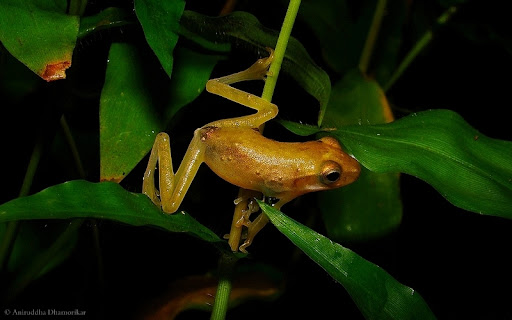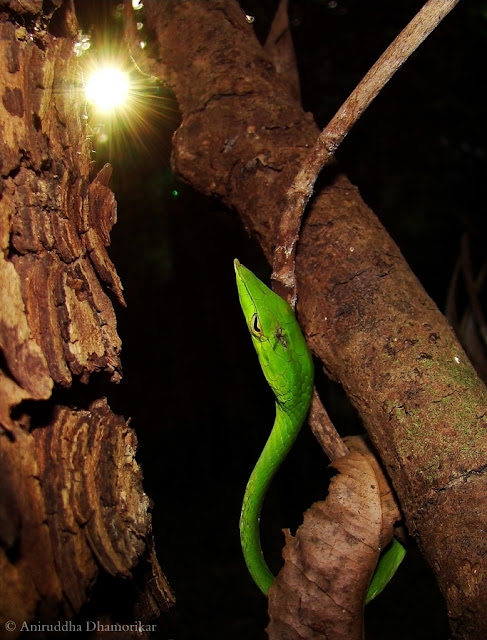How to Point-and-Shoot: Amphibians and Reptiles

The nights are getting louder in the Northern Hemisphere. Whether it is near a wetland or in the trees, there is a choir of clicks and croaks and ribbits all around. As these little chorus singers try to impress their counterparts, there are large, armoured, slithering creatures lurking in the waters or under the leaf litter, silently looking for their future partner. It is summer and the hearts of the cold-blooded are getting warmer in search of love. Welcome to the world of amphibians and reptiles. Common Indian Tree Frog Exif : 1/800sec F8.0 ISO80 at 11.60mm We naturalists admire these warm nights as much as we love the daylight. Not for any other reason, but to walk miles in search of these love-ridden animals of the dark – the amphibians, as well as their distant relatives – reptiles, to study, photograph, or just admire them. Let’s focus on how to photograph them in the middle of a day or dark rainy nights using a point-and-shoot camera. I have been focusing on how t...
